
Recently I repainted my 7-year old Skoda and wrote an article on how to evaluate the quality of the work based on the price you paid. The end result was a paint job that:-
- Had moderate shrinkage that caused hazy reflections
- Had a clearcoat that is soft, thereby making it susceptible to “spiderweb” swirl marks if washed improperly
- Had “pinholes” on the surface
- Rippled ‘Lizard skin’ surface
Considering the respray fee costs less than RM2k, these compromises are to be expected and not unreasonable. The question is, can I make a sub-RM2,000 look much more respectable, with certain qualities (accuracy of reflections) that are not found even on RM3.5k paint jobs?
The good news is, yes.
The Objective
is just one; Flatten the paint surface. Ripples, swirl marks, scratches – they are all imperfections marred on the panel so to create a mirror-like finish, you smoothen it as much as possible.
There are several ways to achieve this;-
1. Sanding (wet/dry)
The process of leveling the clear coat using a special grit sandpaper. No, not the kind you find at ACE Hardware. These are made specifically for automotive application where the grit is much finer and the each particle is of uniform size which allows the detailer better control to remove the clear coat equally. For paint conditions such as lemon/lizard skin effect like mine, sanding is the most effective method in correcting it.
Like two versions of maggie mee, there are two ways of doing sanding; Wet and Dry.
Wet sanding involves using the paper on a wet surface and is considered less hazardous to the detailer compared to the dry method since fine particles of clearcoat released during the sanding process is trapped by the liquid. Those wishing to do dry sanding would have to invest in gears like a high grade safety face mask to prevent the workers from inhaling these toxic sanding dust whereas the downside of wet sanding is the working area is usually very messy and slower.

The result of sanding is an even paint surface that appears matte due to fine scratches caused by sandpaper.
While some pays good money to get matte effect on their car, most would agree that this is hardly presentable. This is where we move to the second method –
2. Compounding

Compounding material, a paste-like substance containing abrasive particles are applied onto a pad that is then attached to a rotary machine and spun at 1,500 – 2,000rpm. Once this spinning pad touches the panels, it will remove sanding marks, replacing it with hazy or swirl marks instead. For my car, it is also possible to use compounding instead of sanding to level the paintwork but the operator needs to be careful because the abrasive pads causes huge amount of heat. One moment of inattention may cause the clearcoat to be completely removed and the detailer has ‘burned’ the paintwork, requiring a respray.

Different polishing paste, of different levels of abrasion are then applied to remove those earlier marks until you get a good reflection. This process requires multiple steps.
Some detailers then applies pure polish or some form of abrasiveless glaze material that ‘moisturizes’ the paintwork, enhancing the color further.
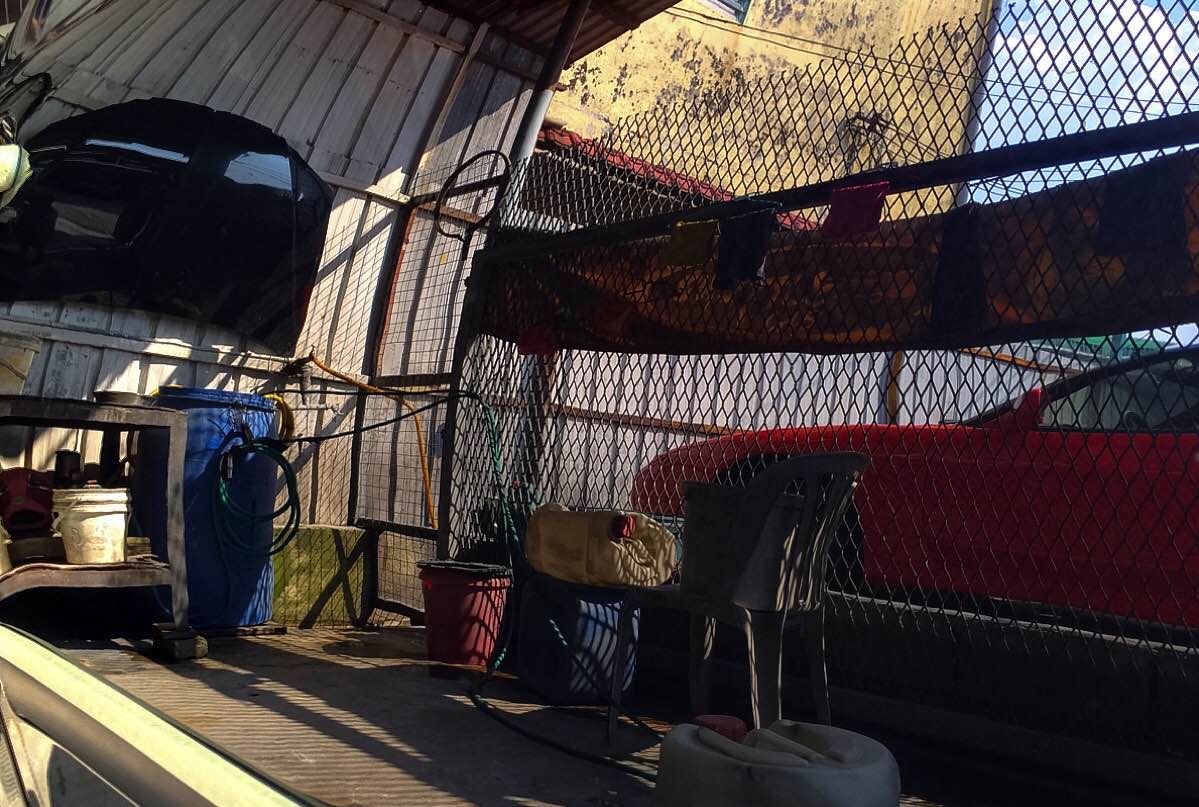
Yes, that’s a reflection
Be warned though; an unskilled worker doing compounding at the worse case scenario may pulverize your clear coat. On a milder scale, they may cause holograms. Waves or ripples caused by uneven paint surface due to the compounding/polishing process done unequally.

This is how it looks like and it’s very common to see on most vehicles; largely due to clueless car owners who sent their cars to ‘detailing centres’ run operated by poorly trained workers. I once encountered a guy who was so proud showing off his fully-hologramed car in a car club gathering thinking it was an extra feature done by the detailers!
Fact is, compounding isn’t that simple. The amount of pressure, the strokes, the knowledge of how hard/soft different paint systems are, the ability to assess and estimate how thick clear coats are as well as a few other technical matters separates a professional centre from amateurs.
3. Final layer
It’s here that you’ll see natural waxes, sealants and coatings go onto the vehicle.
Final layers are also where some car beautification centres may cheat by using materials that has fillers. Fillers are substances designed to ‘hide’ swirls and scratches by filling those lines. After a couple of washes, the fillers would be removed and Tada! The scratches are back. This is why any vehicle newly compounded and waxed looks great right after the process. The question is, would it still look as great a month later?
The Result
Here are some of the finished result pictures:-
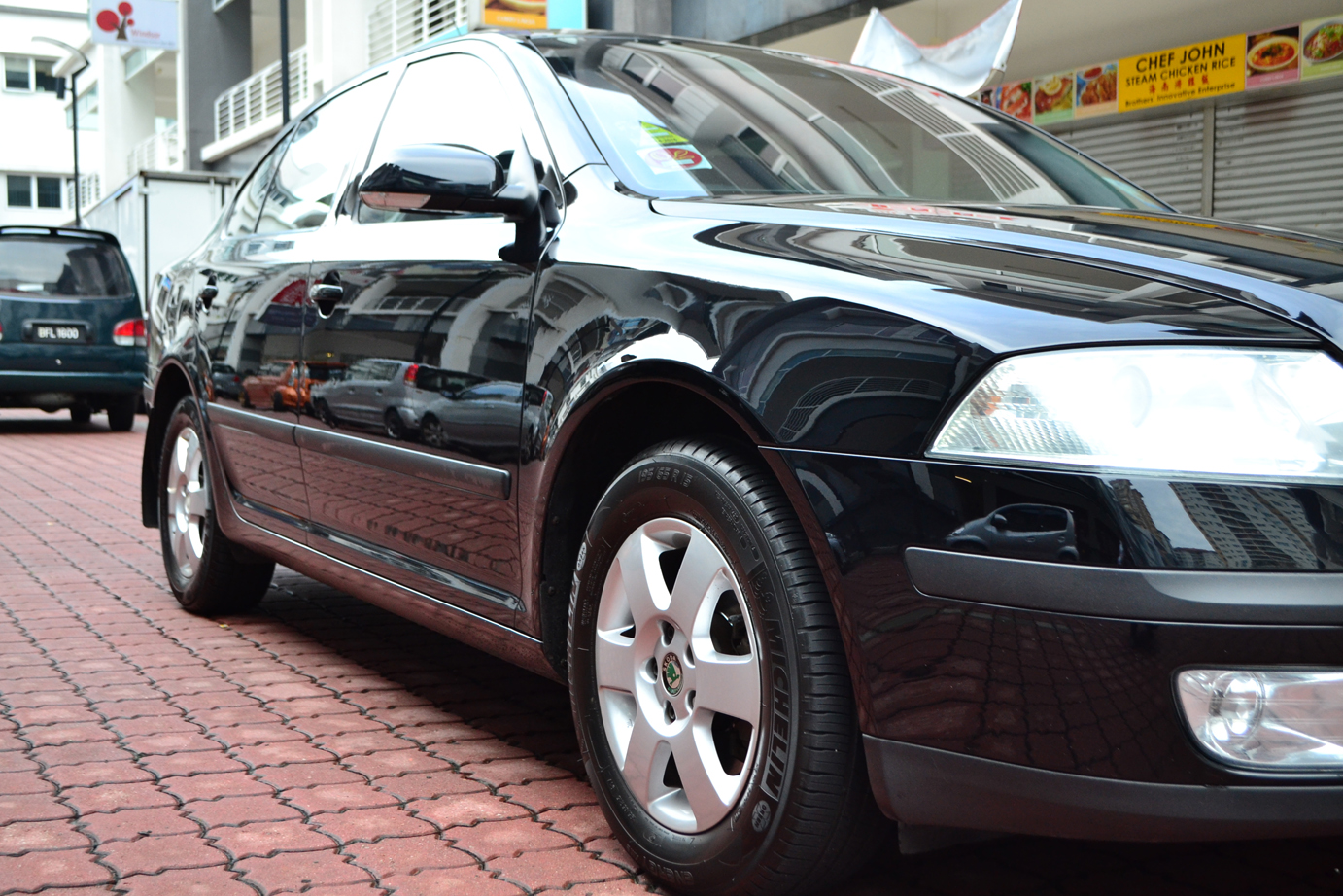

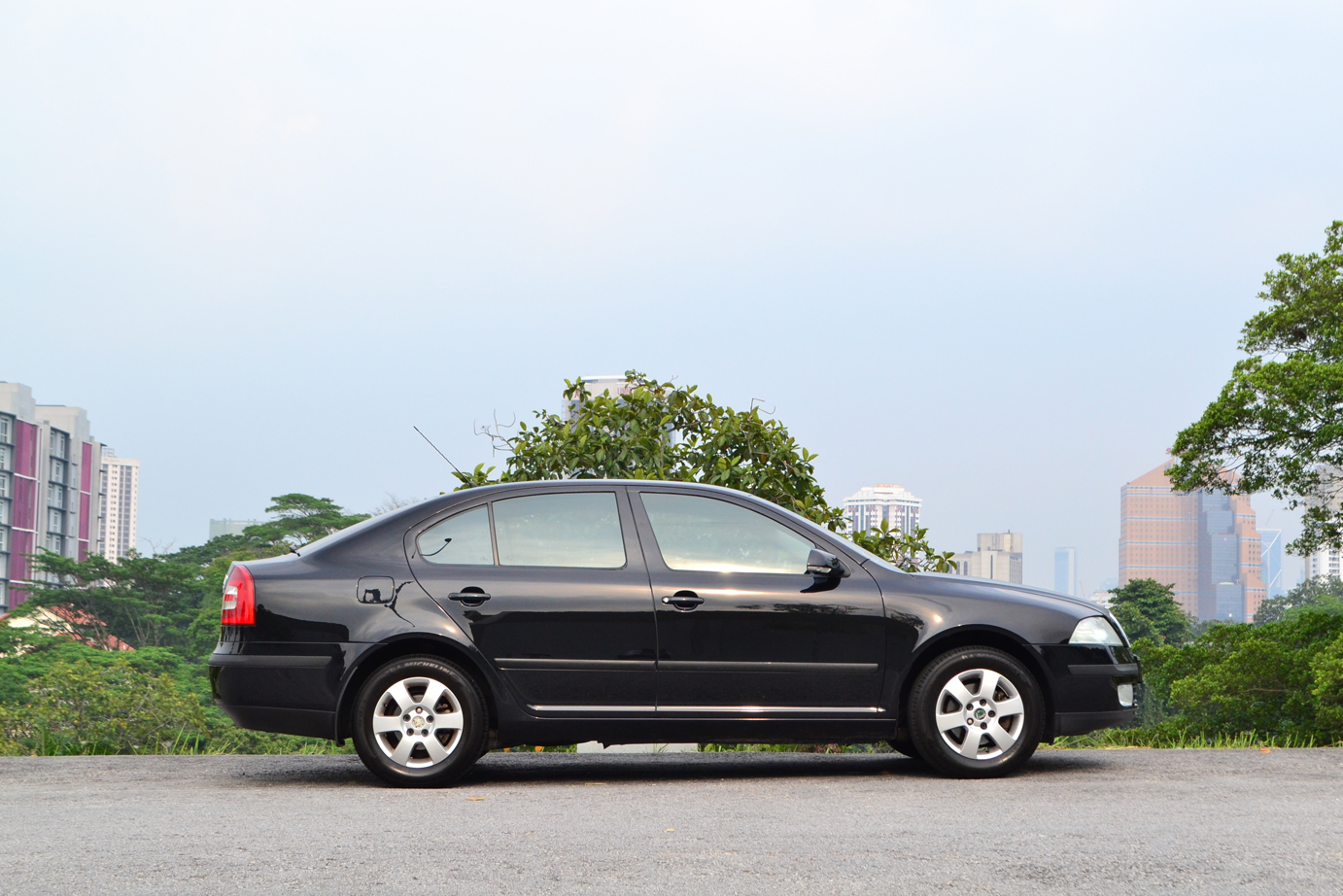
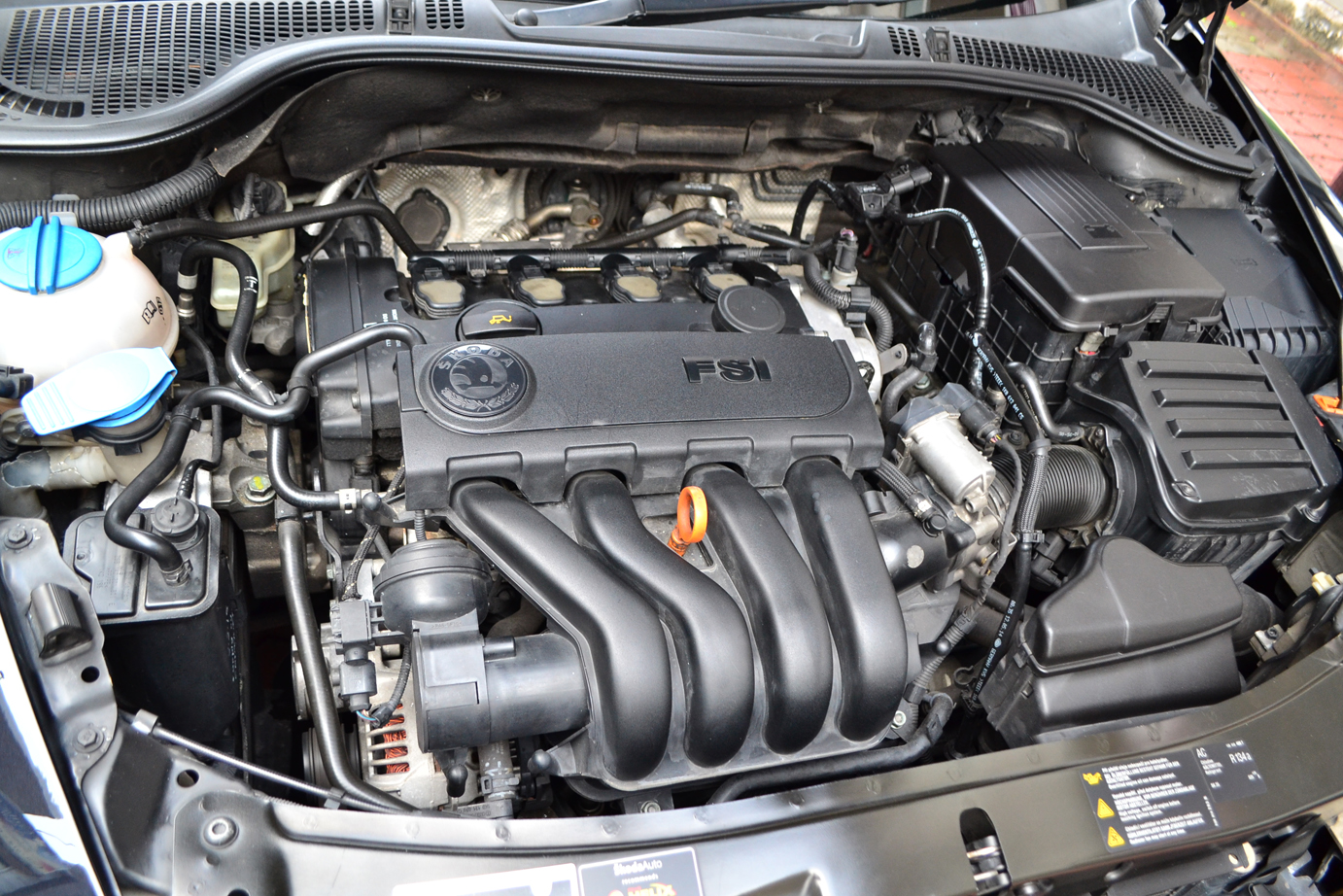
Professional detailers such as Pro Detailers who did up the Skoda here would require the vehicle to be brought in to assess the condition of the paintwork, understand the expectations of the owner and quote accordingly. Which is why most truly professional centre does NOT have a standard price for Small Car/Medium Sedan/Large MPV unlike what you usually find in chain ‘car beauty centres’ because the steps to be done for a new car vs an older car with paint issues may be entirely different.
Anyone who tells me a fixed price dependent on the vehicle type/size, to me is just BS. Imagine someone not servicing their car for quite some time and suddenly when they do, they expect the same service price as one that’s diligently maintained? Rubbish.
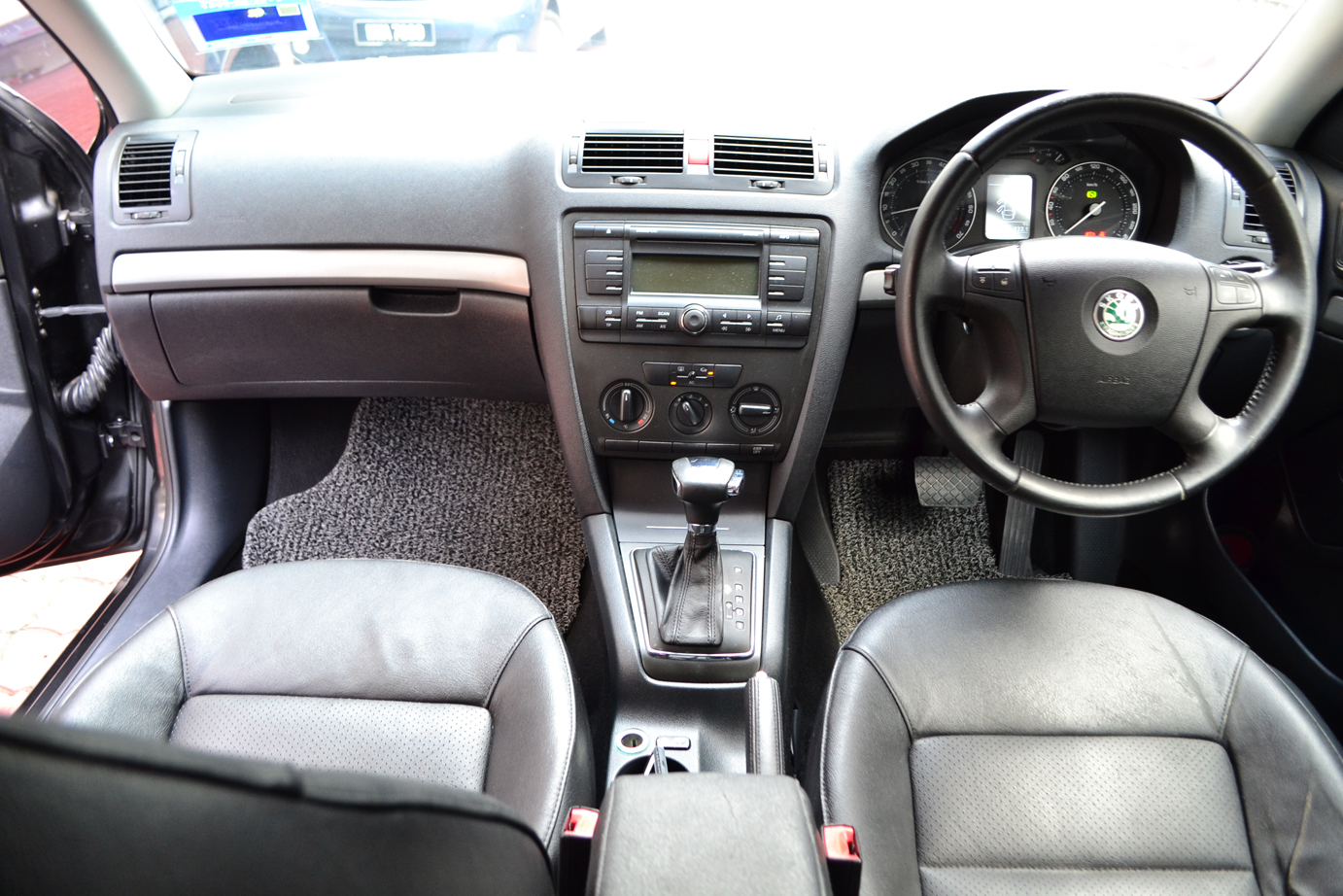
Albert worked his magic insides as well and remember, this Skoda has not done any interior restoration work. Just plain, regular maintenance. The seats are restored back to its original sheen minus any oily reflections. Panels made to look naturally new.


Cost
As mentioned earlier, the price depends on a few factors such as the paint condition, expectations and any special request. What you see here typically costs RM1,500 and above and personally for me, I would at least sign up for paint correction even for a fresh-out-of-showroom car because even new cars have paint defects such as orange peels. Restoring it once would mean the reflection stays with you for the rest of its life and it’ll look great as long as you rigorously maintain it.
Boss, boss! Mau polish ka? Wax ka?
But how do you tell a true professional from regular detailers? How is the macha from the petrol station different from established detailing centres? There are a few ways:-
- There should be an indication of the fee but not fixed fees as mentioned earlier
- Ask them if they do sanding (doesn’t matter if wet or dry). Sanding requires a higher level of skill than compounding.
- Assess the equipments and materials used.
- Professional centres usually tie up with good resprayers to deliver quality results to customers with high budget. Ask them specific questions on how to restore certain panels. If their answer is always just compounding, you might want a second opinion elsewhere.
At the end of the day, you need to know what you’re getting for the price you pay. Even petrol station car washes can do compounding but for the price you pay, they may be using materials that thins your clearcoat too much and some paints can only take that much correction.
So all in all, I paid less than RM3,5k (spray and detail) for my 7 year old Skoda to look even better than when it first came out of the showroom. It’s not cheap, granted but heck, doing it once every 5-7 years should be quite reasonable. If you intend to respray and detail, you have greater amount of flexibility with what you know. Finding a sprayer and a detailer that exactly understands what your requirements are crucial in ensuring you don’t leave disappointed. And the first step in doing that is to understand the scope of what they do and customize accordingly.
And no, I don’t believe in those centres that ask for annual membership and end up seeing semi-skilled workers polishing tens of vehicle a day without much time to clean the pads. That’s almost as bad as going to an eatery with poor hygiene standards.
P.S: If you’re interested, you can contact Pro Detailers at their Facebook page HERE for more details
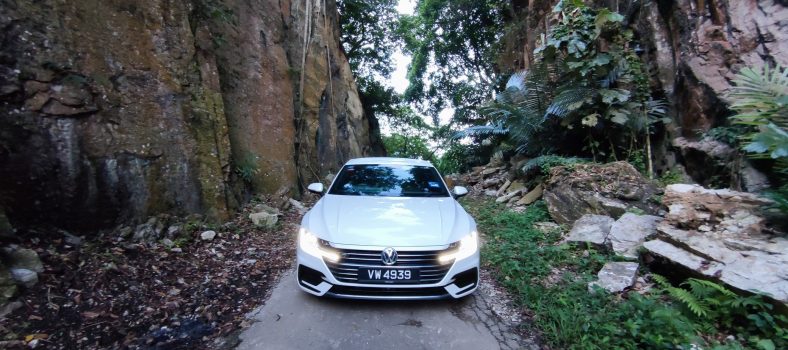

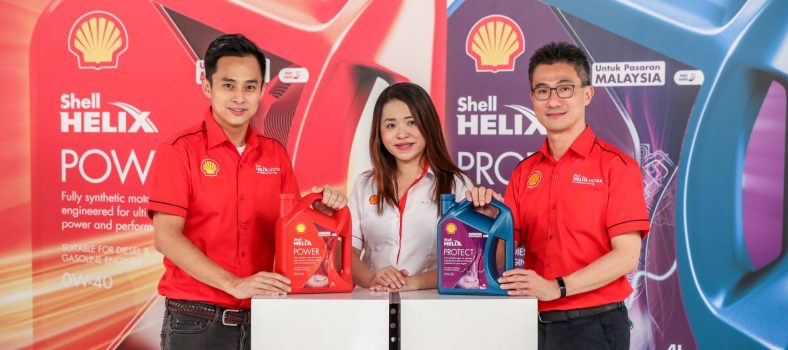

4 Comments
DUDE! SWEET! nice article on detailing 🙂
Paint correction can be very useful I got to know after reading this.
Really useful tips its amazing really my car need this and after reading this I am really excited for seeing the result on my car.
Thanks for the useful information.
One should know about how to maintain your car paint from exterior if not one can easily understand after reading this article. I will share this blog to my friends and family members so that they can also be aware.
Thank you for sharing this wonderful blog with us. It provides such amazing information the post is really helpful.